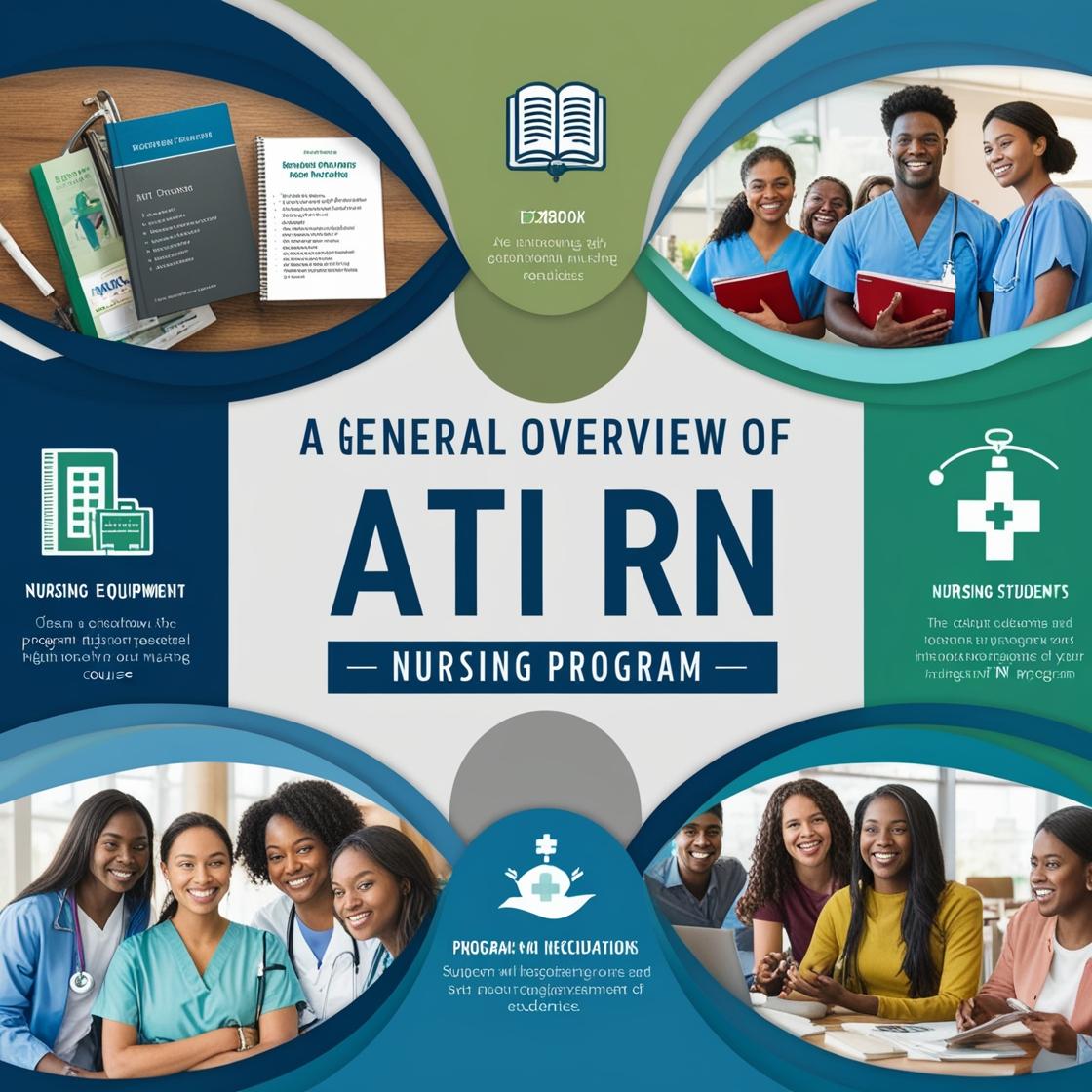ATI RN
ATI Nutrition Proctored
1. Almost all (99%) of the calcium in the body is used for?
- A. regulating the transmission of nerve impulses
- B. providing energy for cells
- C. providing rigidity for the bones
- D. regulating muscle contraction
Correct answer: C
Rationale: The correct answer is C: providing rigidity for the bones. Almost all of the calcium in the body is utilized for maintaining the strength and structure of bones and teeth. Calcium plays a crucial role in skeletal health by providing rigidity and support to the skeletal system. Choices A, B, and D are incorrect because while calcium is essential for various physiological functions like nerve transmission, cell energy production, and muscle contraction, the majority of calcium in the body is primarily allocated for bone health.
2. Each of the following accurately describes aspects of the dietary reference intakes (DRIs) published by the Food and Nutrition Board of the Institute of Medicine (IOM) except one. Which one is the exception?
- A. The DRIs replace the older recommended daily allowances
- B. Current DRIs attempt to estimate required nutrients to improve long-term health
- C. DRIs specifically address individuals whose requirements are affected by a disease state
- D. The DRIs attempt to establish maximum safe levels of tolerance for nutrients
Correct answer: C
Rationale: The correct answer is C. DRIs are intended for the general population and do not specifically address disease states, which are managed with different clinical guidelines. Choice A is correct as DRIs have replaced the older recommended daily allowances. Choice B is correct as current DRIs aim to estimate the required nutrients for long-term health. Choice D is correct as DRIs also attempt to establish maximum safe levels of tolerance for nutrients.
3. Which vitamin is also known as Niacin?
- A. Vitamin B1
- B. Vitamin B2
- C. Vitamin B3
- D. Vitamin B12
Correct answer: C
Rationale: The correct answer is Vitamin B3, also known as Niacin. Niacin is essential for energy metabolism and can help improve cholesterol levels. Vitamin B1 is Thiamine, Vitamin B2 is Riboflavin, and Vitamin B12 is Cobalamin. These vitamins have different functions in the body and are not synonymous with Niacin.
4. Each is a portion of the alimentary canal, except one. Which is the exception?
- A. Oral cavity
- B. Pharynx
- C. Larynx
- D. Esophagus
Correct answer: C
Rationale: The correct answer is C, Larynx. The larynx is part of the respiratory system, responsible for voice production and breathing. The alimentary canal is involved in the digestive process and includes structures like the oral cavity (mouth), pharynx, and esophagus. Choices A, B, and D are parts of the alimentary canal, where digestion occurs, making them incorrect answers.
5. What factor has been shown to contribute to poor nutritional health among adolescents?
- A. Most teens choose fruit juice and milk over soda
- B. Many teens consume energy drinks on a regular basis
- C. Teens have busy schedules and rarely drink fluids throughout the day
- D. Teens are more likely to consume low-fat milk
Correct answer: B
Rationale: The correct answer is B because many teens regularly consume energy drinks, which can contribute to poor nutritional health due to their high sugar and caffeine content, leading to unhealthy dietary patterns. Choice A is incorrect because choosing fruit juice and milk over soda would generally be considered a healthier choice. Choice C is incorrect as busy schedules leading to inadequate fluid intake might impact hydration but not necessarily poor nutritional health. Choice D is also incorrect as consuming low-fat milk is not typically a significant factor contributing to poor nutritional health among adolescents.
Similar Questions

Access More Features
ATI RN Basic
$69.99/ 30 days
- 50,000 Questions with answers
- All ATI courses Coverage
- 30 days access @ $69.99
ATI RN Premium
$149.99/ 90 days
- 50,000 Questions with answers
- All ATI courses Coverage
- 30 days access @ $149.99
